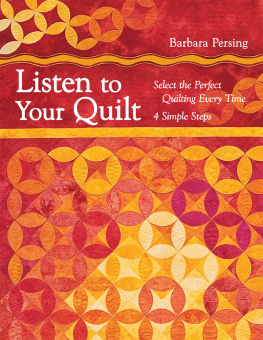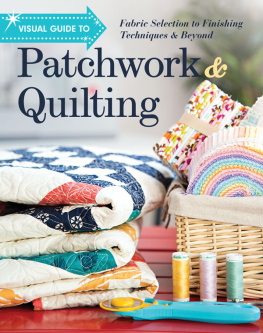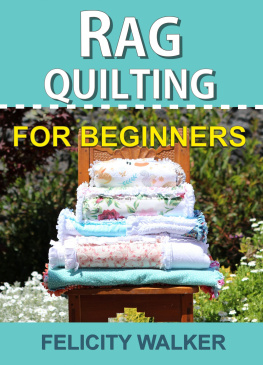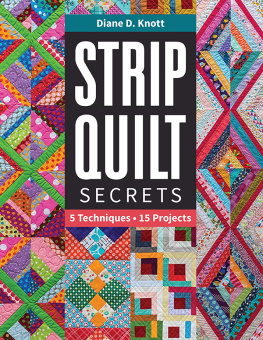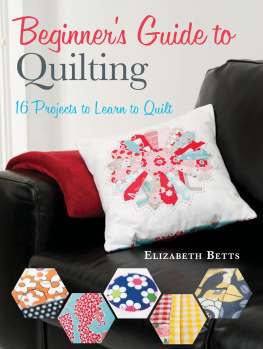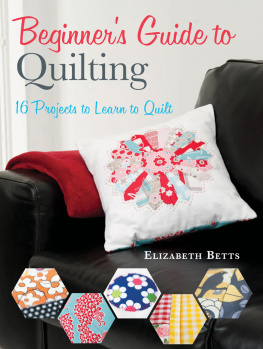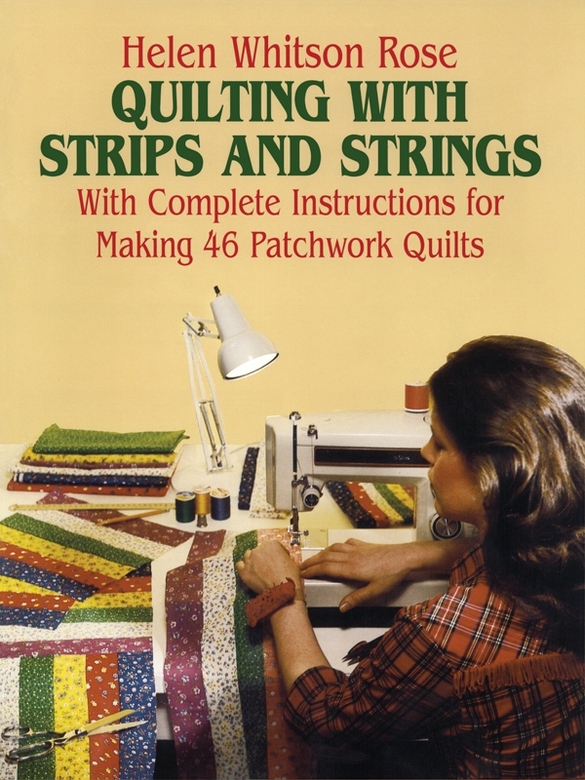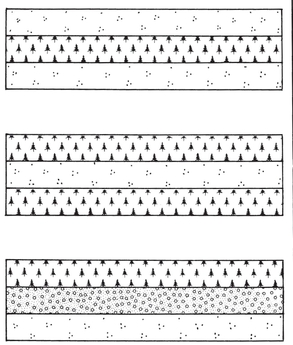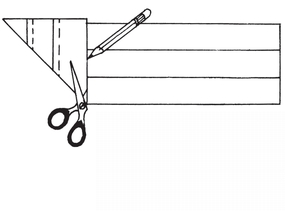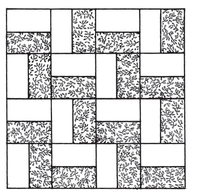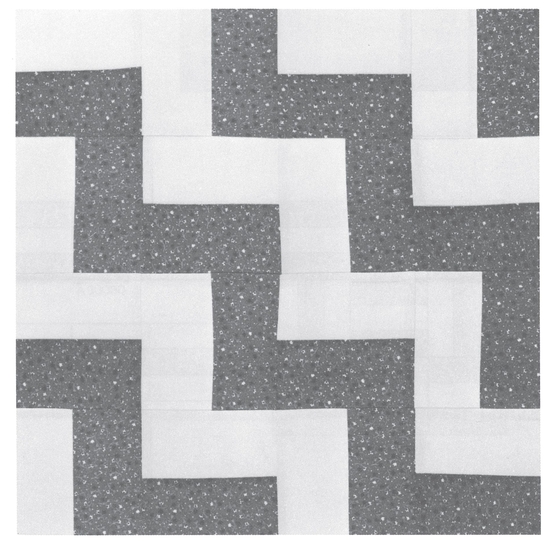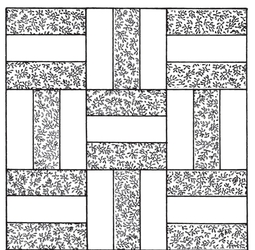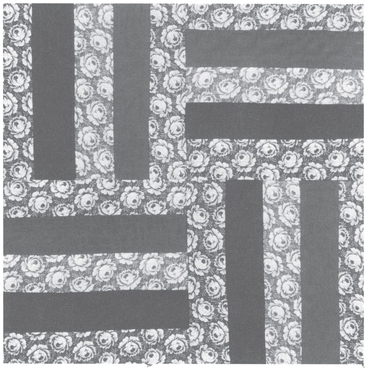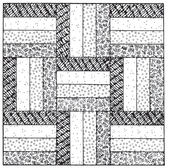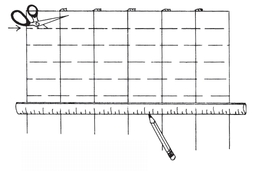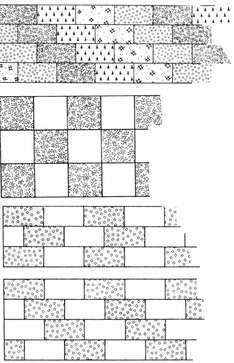H. W. Rose - Quilting with Strips and Strings
Here you can read online H. W. Rose - Quilting with Strips and Strings full text of the book (entire story) in english for free. Download pdf and epub, get meaning, cover and reviews about this ebook. year: 2013, publisher: Dover Publications, genre: Home and family. Description of the work, (preface) as well as reviews are available. Best literature library LitArk.com created for fans of good reading and offers a wide selection of genres:
Romance novel
Science fiction
Adventure
Detective
Science
History
Home and family
Prose
Art
Politics
Computer
Non-fiction
Religion
Business
Children
Humor
Choose a favorite category and find really read worthwhile books. Enjoy immersion in the world of imagination, feel the emotions of the characters or learn something new for yourself, make an fascinating discovery.
- Book:Quilting with Strips and Strings
- Author:
- Publisher:Dover Publications
- Genre:
- Year:2013
- Rating:5 / 5
- Favourites:Add to favourites
- Your mark:
Quilting with Strips and Strings: summary, description and annotation
We offer to read an annotation, description, summary or preface (depends on what the author of the book "Quilting with Strips and Strings" wrote himself). If you haven't found the necessary information about the book — write in the comments, we will try to find it.
The enduring beauty and practicality of the traditional quilt make it one of the most treasured of household items. Yet in these fast-paced, million-things-to-do days, most needleworkers are short on time or patience or both. Quilting with Strips and Strings is the perfect solution for needlecraft enthusiasts who have little time and less patience, or who just want to add a new dimension to their quilting skills.
In this clearly presented manual, noted quilt designer Helen Whitson Rose offers complete instructions for making 46 patchwork quilts with strips and strings. This is undoubtedly the quickest and easiest way of turning leftover fabric into a handsome quilt that you and your family will enjoy for years to come. Many photographs, dozens of line illustrations, a metric conversion chart, and 32 full-size templates that you can trace make this collection accessible to even the novice quilter.
Special sections include information on equipment, assembling strings on a base, making string material, quick cuts from strips, selecting and preparing fabrics, quilt-as-you-go, and creating a quilt with strip and string designs.
The author covers the major techniques with clear diagrams accompanying each method. All construction can be done on a sewing machine or can be hand sewn if you prefer. Many intricate-looking designs are simplified so that attractive results can be achieved with a minimum of time and effort.
H. W. Rose: author's other books
Who wrote Quilting with Strips and Strings? Find out the surname, the name of the author of the book and a list of all author's works by series.


